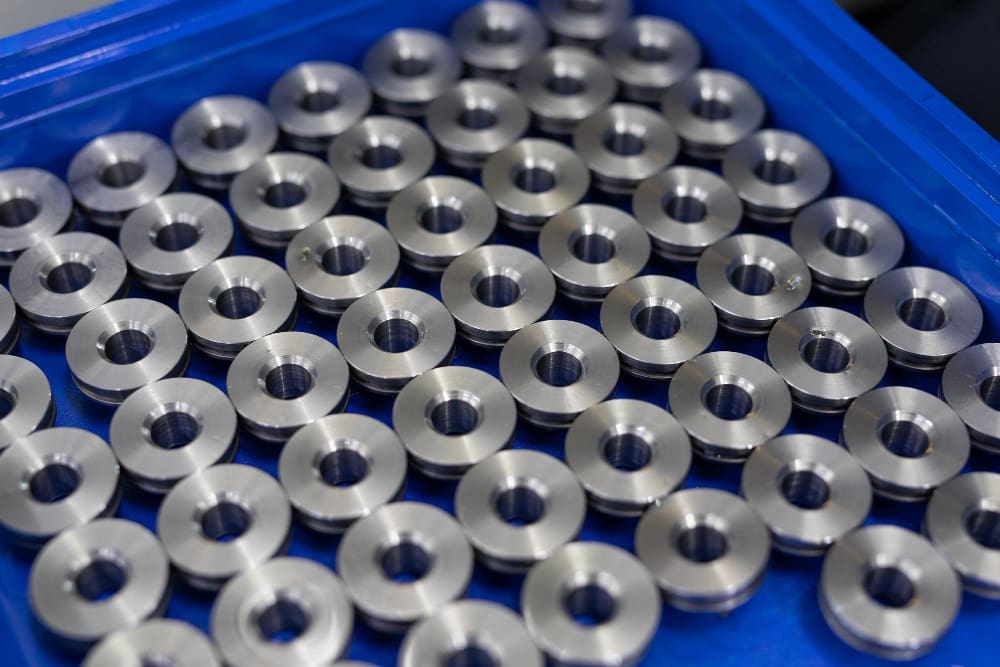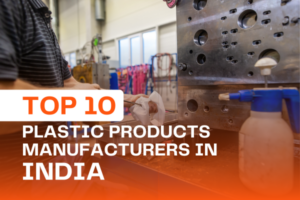10 Recent Innovations In Plastic Injection Molding
The industry dedicated to manufacturing plastic components is continually expanding, driven by an influx of new methodologies and inventive approaches. These pioneering innovations are reshaping the realm of plastic injection molding, offering enterprises and manufacturers novel strategies for the mass production of plastic parts. Below, we explore several recent advancements in plastic injection molding that could benefit your business and significantly streamline manufacturing processes.

1. Micro Injection Molding
Micro injection molding is a specialised form of injection molding designed for producing extremely small, high-precision parts. It’s particularly beneficial in the medical, electronics, and micro-mechanics industries, where components can be as light as 0.1 gram. This process requires specialised machinery capable of high-precision movements and injection control, along with molds that can meet the exacting standards of micro-parts. The benefits include material efficiency, high precision, and the capability to produce complex geometries that would be impossible with traditional molding techniques.


2. Gas-Assisted Injection Molding
Gas-assisted injection molding introduces pressurized gas (usually nitrogen) into the molten plastic inside the mold cavity. The gas pushes the plastic outward towards the walls of the mold, creating hollow sections within the part. This method reduces material usage, warping, and sink marks, leading to stronger, lighter parts with improved surface quality. It’s widely used in automotive, furniture, and appliance manufacturing, allowing for complex designs and improved structural integrity.
3. Overmolding
Overmolding is a multi-step process where two or more materials are molded over each other to form a single part. Typically, a rigid plastic substrate is first molded and then a softer, often rubber-like material is molded onto or around the substrate. This technique is ideal for creating parts with multiple functions or properties, such as soft-touch grips on tools, multi-coloured components, or parts with a hard core and a soft exterior. Overmolding improves product functionality, aesthetic appeal, and can even eliminate the need for assembly.
4. Automation Implementation
Automation in plastic injection molding involves the integration of robotics and computer technologies to control the manufacturing process. This can range from simple tasks like removing finished parts from the mold to complex assembly or quality inspection processes. Automation increases efficiency, reduces labour costs, and enhances product consistency. Advanced sensors and controls ensure precise movements and quality, while data collection and analysis help in continuous process improvement.
5. Software Development
Software development in plastic injection molding revolves around creating and improving design and manufacturing processes. Computer-Aided Design (CAD) software allows for intricate part and mold designs, while Computer-Aided Manufacturing (CAM) and Computer-Aided Engineering (CAE) software help simulate and optimize the molding process. These tools enable designers and engineers to anticipate and solve potential issues in the design phase, improve the quality of molds, and ensure efficient and accurate production.
6. Remote Access
Remote access technology in plastic injection molding allows engineers and operators to monitor and control the molding process from anywhere in the world. This is particularly beneficial for maintaining production efficiency, troubleshooting, and making real-time adjustments. Remote access solutions are often part of a larger Industry 4.0 initiative, incorporating Internet of Things (IoT) devices, cloud computing, and big data analytics to streamline operations and enhance productivity.
7. Simulation Software
Simulation software is used to model and analyze the plastic injection molding process before actual production begins. It helps predict the flow of the molten plastic, cooling time, potential stresses, and shrinkage in the parts. By using simulation software, manufacturers can optimize mold design, material selection, and processing parameters to reduce trial runs, material waste, and time to market. Advanced simulations can help in achieving optimal part quality, strength, and aesthetics with minimal post-processing.
8. Structural Foam Molding
Structural foam molding is a process that introduces a chemical blowing agent or physical foaming agent into the plastic material. When the material is injected into the mold, the foaming agent creates a cellular core with a solid outer skin. This results in lightweight, rigid parts with an increased strength-to-weight ratio. Structural foam molding is ideal for large, sturdy parts and is commonly used in the automotive, building and construction, and material handling industries.
9. Shifting Toward Sustainable Practices
The plastic injection molding industry is increasingly adopting sustainable practices to reduce its environmental impact. This includes using recycled materials, bio-based plastics, and developing processes that minimize waste and energy consumption. Companies are also focusing on designing products for recyclability and engaging in closed-loop recycling systems. Sustainable practices not only reduce the environmental footprint but also meet the growing consumer and regulatory demand for eco-friendly products.
10. Injection Transfer Molding
Injection transfer molding combines the benefits of injection molding and transfer molding to produce complex parts. In this process, the plastic is first heated and injected into a chamber. From there, it is transferred into the closed mold cavity. This method allows for more intricate shapes and can handle different types of materials, including high-performance thermosets. Injection transfer molding is typically used for small to medium-sized parts that require precise dimensional tolerances and superior surface finishes.
These innovations in plastic injection molding demonstrate the industry’s commitment to improving quality, efficiency, and sustainability. By embracing these advancements, Plastic Injection Molding companies are able to meet the evolving needs of diverse industries, driving forward the capabilities of manufacturing and product development.




